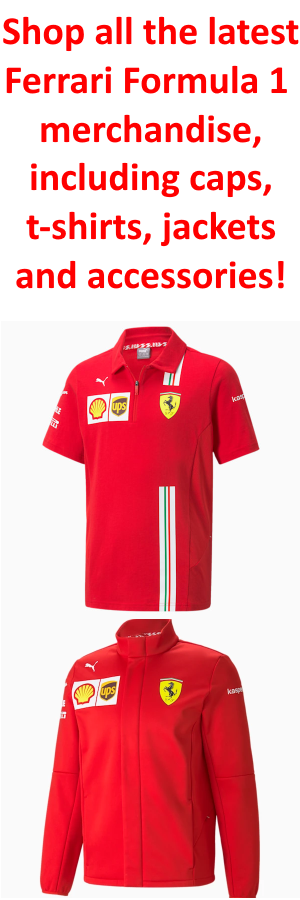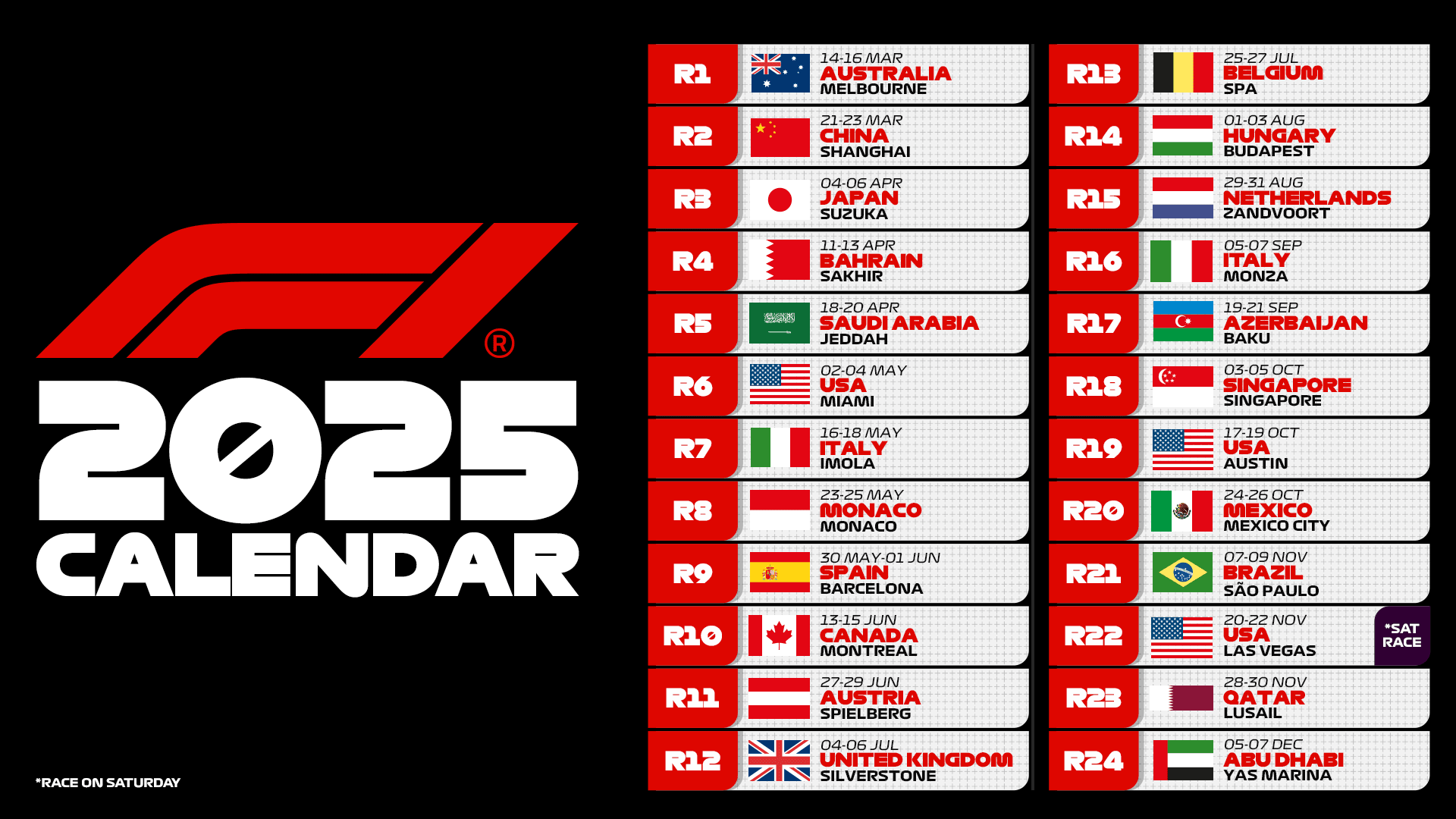By Lorenzo Baer
PART 1
INTRODUCTION TO THE TEMPORADA
The end of the 50s marked the period of descent of Argentine high-performance motorsport. After the brilliant generation led by drivers like J.M. Fangio, Froilán Gonzalez, Roberto Mieres and Carlos Menditeguy began to say goodbye to the tracks, a huge void opened up. There was simply no one that could fulfill it, and to carry on the motorsport lineage of the land of tango.
And when the 60s arrived, all traces left by these pilots simply vanished, being relegated to the pool of distant memories of those who witnessed those aces. The face of motorsport changed once again, as interest turned more to Europe and Oceania, where the real money and competition were now located.
The only thing that managed to survive these turbulent years was an event called ‘Temporada Argentina’, which always took place in the summer months of the southern hemisphere. The small championship, generally consisting of 3 or 4 races, was a picturesque attraction on the international automobile calendar, always featuring some well known names of the motor sports.
Far from its glory days in the 40s and 50s, when the championship was run in Formula 1 or Formula Libre formats, the ‘Temporada’ was restructured in 1964, after a 7-year hiatus, as the first concrete initiative to restore motorsport in Argentina. Reestablishing an international level championship (it was hoped), would serve as the ground to cultivate a whole new generation of high-level Argentine drivers.
In its first year in the new format, the championship was open to FJ/F3 cars, in a year of transition from Formula Junior operations to the new global Formula 3. In the following years (65 to 67) the racing series transformed into a full-F3 scheduled event, attracting a fair amount of attention, especially because of the quality of races and the good organization effort. But for 1968, something bigger was desired and some external factors contributed positively to this Argentine ambition.
If F1 became an increasingly expensive and professional sport, with even the traditional circuits pondering over holding a round, F2 and F3 became the junction between the training of the ‘professional driver’, with the financial accessibility. If we take into account that in the 60s, many of the F1 drivers participated in races in lower categories, it was perfect for teams and individuals with less financial support to give a try in these categories: quality, quantity and accessibility, became the motto of F2 and F3 towards the end of the 60s.
Another reason for the development of F2 at that time is presented in a more technical-mechanical element: if we can say that if the internet transformed communication as we know it today, we can say that the Cosworth engine did the same for motorsport in the 60s. The democratization of this small but powerful engine allowed everyone to have something competitive, relatively reliable and at a negligible cost, compared to the tens of thousands of pounds that top teams spent on the development of engines in the Grand Prix scene.
So, Argentina got ready to receive the championship that would put it back on the map in style: 4 stages, in 3 different locations. Whoever scored the most points at the end would be the champion of the 1968 Argentine F2 Temporada. It is worth noting that, even though it was still held in 1968, this series of races already counted as a pre-season for 1969!
The organizer of this undertaking could not be less than the Argentine legend Juan Manuel Fangio, who had won five F1 world titles in the 1950s. The financial support would come from the state-owned Y.P.F. (Yacimientos Petrolíferos Fiscales), the company responsible for extracting and refining oil in Argentina.
A selected entry-list was put into practice, to provide the best level of racing that could be offered to the public: the Matra Sports team, with its French squadron Beltoise & Pescarolo. Frank Williams, with the team that beard his own name, was composed by the experienced Piers Courage, and a trio of Argentines: Juan-Manuel Bordeau, Carlos Pairetti and ‘Cacho’ Fangio. Also made up mostly of Argentines was the Ron Harris Racing Division: a relatively unknown Carlos Reutemann shared the role with Oscar-Mauricio Franco and Carlos Marincovich; they had the leadership of the flying Mexican, Pedro Rodriguez.
Roy Winckelmann was also part of the European exodus to the south, carrying with him an experienced team of pilots: Jochen Rindt, who needed no introduction, and the Englishman Alan Rees. Another highlight was the official Tecno team, which was taking its first steps in F2 after a resounding success in F3 with its self-made chassis, in addition to those sold to privates; the factory team cars were guided by Jo ‘Seppi’ Siffert, who joined the team only for the Argentine season, in addition to Carlo Facetti and the Swiss who would bother so much in F1 in the 70s: Clay Regazzoni. Together with these, several other smaller teams and wild entries (even by F2 standards) would make up the grid, closing up the final list of 21 cars.
If the biggest difference between all these cars was the chassis, which varied between the dominants Matra MS7, Brabham BT23C and Tecno T68, the engine was basically the same for all: the venerable Ford Cosworth FVA 1.6 L4.
But, as always in motorsport, there was that exception: and its name could be no one else than Ferrari. The team, that had so many difficulties during the year in both F1 and F2 seasons, was trying to collect whatever success it could, so that 1968 as a whole wouldn’t be a complete fiasco.
To Argentina, the team had dispatched two of its venerable 166 Dinos F2. It was up to the Italian duo of Ernesto ‘Tino’ Brambilla and Andrea de Adamich to fight a desperate battle against the onslaught of Cosworths on the grid.
A SHORT STORY ABOUT THE 166 DINO/FERRARI F2
The history of the relationship between Ferrari and Formula 2 can be traced back to the early 50´s. Between 1952 and 1953, when F2 supplanted Formula 1 as the main category of world motorsport, the Scuderia shone, with Alberto Ascari snatching both titles resoundingly, in a Ferrari (F2) Tipo 500.
With the restructuring of F1 in 1954, the Scuderia’s F2 cars continued to race in private hands in the following years, mainly in the various non-championship races that took place throughout the year. Even though they achieved some initial success, each year that passed, presented a greater challenge to the dwindling number of Ferrari F2s that still appeared on the tracks. And the twilight came towards the end of the 50s, when rear-engined cars transformed any front-engined single-seater car into a museum piece overnight.
A few years went by, until the 1966/67 period presented itself as the resurgence of Ferrari’s interest in F2. The new Formula 1 regulations for the 1966 season, which stipulated that all engines had to be of the 3-liter type (the double of the 1.5-litre ones, which reigned from 1961 to 1965), created a new wave of interest from manufacturers and teams in entering the F2, that was now open solely for the low-liter cars. The 1.6L Cosworth FVA engines, which began to flood the market from the 1966 F2 season onwards, because of their reliability and low cost, were the greatest examples of this.

Andrea de Adamich and Jochen Rindt fight for the top positions. Despite the Austrian being considered the favorite driver for the Temporada title, the Ferraris proved to be superior to Brabham at almost every stage. Credits Pinterest
Show your support for Scuderia Ferrari with official merchandise collection! Click here to enter the F1 online Store and shop securely! And also get your F1 tickets for every race with VIP hospitality and unparalleled insider access. Click here for the best offers to support Charles and Lewis from the track!
Ferrari, observing this new market opportunity, did not want to be left behind. Both Lotus and Brabham already had models ready to compete in the ‘new’ Formula 2; therefore, Ferrari sought quick solutions that would give it the opportunity to place a F2 car on the grid as soon as possible.
The team was quick to build a car around the 200 bhp Dino V6 engine (which, with some fine tuning, reached 230bhp in the F2 spec), the same one used in the Dino 206 S sports prototype and which was homologated due to an agreement between Ferrari and Fiat. Regarding the bodywork, it followed the ‘aero’ style, featuring a semi-monocoque chassis constructed of a tubular spaceframe reinforced by alloy sheets. For any observer who knew the single-seaters built by Ferrari during the 60’s, it was clearly visible that the car was a derivative from the 158/1512 Ferrari Formula 1 car! Anyway, that’s how the new Scuderia´s Ferrari F2 car was born.
The project’s Achilles heel, as it would soon be shown, was the stilted development process itself. When the car ‘entered combat’ for the first time, at the 1967 F2 Rouen GP, several mistakes made by the Scuderia Ferrari development bureau came to the surface. The car’s performance in this race in France was so mediocre (Jonathan Williams, the driver of the now renamed 166 Dino F2, managed to qualify only in 13th position, out of 15 cars present – and abandoned the race on the 7th lap, after engine problems) that the car only appeared again on an F2 grid in 1968.
And it was in this year that the cars began to shine, demonstrating that time and patience are essential virtues for developing a winning machine. Victories and good results began to accumulate, reaching the point that at the start of the Argentine Temporada of 1968, the name Ferrari was one of the most feared on the F2 grid.
RACE N° 1
GRAN PREMIO GAS DEL ESTADO (BUENOS AIRES, VARIANT N° 9)
The first teams began to arrive in Argentina on November 25th, going to the race track that so many stars had seen in the 50s. When they left the circuit, Ron Harris, in an enthusiastic mood, even talked about the possibility of Tecno entering as an F1 team in 1969 (something, which obviously didn’t happen): “Initially, the plans are to start with a Cosworth engine. Afterwards, we will move on to an Alfa-Romeo engine, to form an all-Italian team (Revista Automundo, December 2, 68, vol 187).
The great transformations that occurred in F1 during 1968 began to influence F2 designs, mainly with the understanding of the importance of aerodynamics, with the introduction of wings/ailerons in the car’s designs. Almost all cars present in the first race in Buenos Aires had some modification in this sense, with different levels of preparation: the ones of Ferrari and Lotus were appreciated by the Argentinian reporters, because of their resistance and robustness. Others, like the ones built by Brabham, were a topic of much speculation, as they seemed much more fragile than the others.
As the big European stars arrived at the country on the days before the race, it wasn’t long before the pilots dived into the Buenos Aires race track. The first real times were set on Thursday, and, as Friday and Saturday went by, the times dropped more and more, with the highest caliber pilots enjoying the fast circuit of the Argentine capital. With the end of the test sessions and the official time markings, the first row was defined by Roy Winckelmann ́s Brabham of Jochen Rindt in the first position, followed by the two Ferraris of De Adamich and Brambilla.
The start, on that sunny Sunday, went smoothly; except for the general disappointment of the Argentine fans, who on the first lap saw the abandonment of Eduardo Copello, the second-best Argentine in qualifying, with clutch problems. The development of the race resulted in three main blocks of vehicles: Rindt, Brambilla and De Adamich, opening up an advantage for the pursuers Oliver, Regazzoni and Courage. Further back, Pedro Rodrigues, Pescarolo and Siffert, who just followed their pace, without threatening the trio further ahead, and without being molested by the remaining Argentine riders who came behind.

The Ferraris surprised the public, overshadowing most of the competition in the first race of the Temporada – De Adamich (#14) and Brambilla (#12) were 2nd and 3rd on the starting grid. Credits Pinterest
The supremacy of the Ferraris soon became evident as both overtook Rindt’s Brabham without giving the Austrian a chance to answer. On lap 24, the Italian pair’s race became a mere ride to the finish line, when Rindt’s car began to experience problems in aileron system and was forced to retire. He joined the aforementioned Copello, Reutemann (lap 2, crash), J.P. Beltoise (lap 15, cylinder joint) and Silvio Moser (lap 16, axle), as visitors to the pits in the first half of the race.
While the Italian pair opened up an advantage, Jackie Oliver emerged as the favorite for third place on the podium, when another Brabham, this time Piers Courage, was forced to stop in the pits, due to oil system problems. Regazzoni followed behind Oliver, giving a high chase from time to time, but without posing a real threat to the British driver of the Lotus.
And in this small procession, with Ernesto Brambilla in the lead, closely followed by Adamich’s squire, the race ended, completing 70 laps in 1h 35′ 20”. In addition to being the race winner, Brambilla set the fastest lap, with 1m19.500, with the average speed of 152,304 km/h
Also read:
Part 2: Gran Premio Líneas Marítimas Argentinas
Part 3: Gran Premio Empresas Agua y Energia Eletrica
Part 4: Epilogue: Gran Premio Aerolineas Argentinas

Andrea de Adamich followed closely behind, securing a 1-2 in the first race of the Temporada for the Italian team. Credits Francisco Bruno

Despite the initial challenge from Jochen Rindt and his Brabham, the Ferraris soon demonstrated that they were the best cars for the Argentine climate. While Brambilla secured first place….

Brambilla came to Argentina after an excellent streak of results in the final races of the European F2 season. 2 victories in the final two championship races elevated the driver’s status to one of the candidates












.png)

Leave a Reply